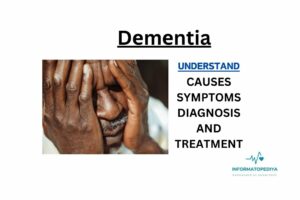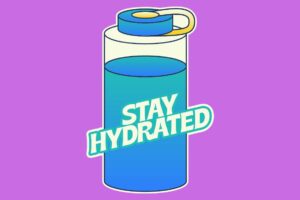
Table of Contents
Injury Related TO Excessive Physical Activity
Engaging in sports or physical activity for a long time can have various effects on the body, both positive and negative. While regular exercise and participation in sports have numerous health benefits, there are certain medical conditions that can arise as a result of prolonged sports involvement. Here are a few examples:
Types :-
1. Overuse injuries:
Constant repetitive motions and stress on certain body parts can lead to overuse injuries such as tendinitis, stress fractures, and bursitis. These injuries occur when the tissues in the body are not given enough time to recover and repair from the strain they experience during physical activity.
2. Joint problems:
Sports that involve high-impact movements or contact can put stress on joints, leading to conditions like osteoarthritis. Over time, the cartilage that cushions the joints can wear down, causing pain, stiffness, and limited mobility.
3. Concussions and head injuries:
Contact sports like football, soccer, and boxing pose a risk of head injuries, including concussions. Repeated blows to the head can result in long-term brain damage and neurological conditions.
4. Cardiovascular issues:
Intense and prolonged physical activity can place strain on the cardiovascular system. While regular exercise generally improves cardiovascular health, excessive training without adequate recovery can lead to problems such as arrhythmias, high blood pressure, and even heart attacks in rare cases.
5. Heat-related illnesses:
Participating in sports in hot and humid conditions without proper hydration and cooling measures can lead to heat exhaustion or heatstroke. These conditions can be serious and potentially life-threatening if not addressed promptly.
6. Respiratory problems:
Certain sports, particularly those conducted in environments with poor air quality or high allergen exposure, can contribute to respiratory conditions such as exercise-induced asthma or bronchitis.
7. Muscle strains and tears:
Sports that involve quick and forceful movements, such as sprinting or jumping, can increase the risk of muscle strains or tears. These injuries occur when the muscle fibers are stretched beyond their limits, leading to pain, swelling, and reduced range of motion.
8. Ligament and tendon injuries:
Sports that involve sudden changes in direction or twisting motions can put stress on the ligaments and tendons, making them more susceptible to injuries like sprains or ruptures. Common examples include ACL (anterior cruciate ligament) tears in the knee and Achilles tendonitis in the ankle.
9. Skin infections:
Close contact with other athletes, sharing equipment, or using communal facilities can increase the risk of skin infections such as ringworm, athlete’s foot, or impetigo. These infections are often caused by fungi or bacteria and can spread easily in sports settings.
10. Eating disorders and disordered eating:
Certain sports, particularly those that emphasize weight control or appearance, can contribute to the development of eating disorders like anorexia nervosa or bulimia. Athletes may feel pressured to maintain a certain weight or body composition, which can lead to harmful behaviors and serious health consequences.
11. Psychological stress and burnout:
The demands of competitive sports, combined with the pressure to perform, can lead to psychological stress and burnout. Athletes may experience anxiety, depression, or chronic fatigue due to the physical and mental strain of training, competition, and managing high expectations.
12. Dental and oral health issues:
Sports that involve physical contact or the use of mouth guards can increase the risk of dental injuries such as fractured teeth, lip lacerations, or jaw fractures. Additionally, frequent consumption of sports drinks or high-sugar snacks during training can contribute to tooth decay and gum disease.
It’s crucial for athletes, coaches, and sports organizations to prioritize injury prevention, provide adequate training and support, and promote overall well-being. Regular medical screenings, proper warm-up and cool-down routines, appropriate protective gear, and education about nutrition and hydration are essential to minimize the occurrence of these conditions and ensure the long-term health and safety of athletes.
conclusion :-
It’s important to note that not everyone who engages in sports for a long time will experience these conditions. Many factors, including individual susceptibility, training practices, protective equipment usage, and overall health, can influence the likelihood of developing these medical issues. Proper training techniques, adequate rest, appropriate equipment, and regular medical check-ups can help minimize the risk of these conditions and ensure a safe and healthy sporting experience.
People Also Ask :-
What are the injuries related to physical activity?
Injuries to the musculoskeletal system that are common in athletes include fractures, dislocations, sprains, strains, tendinitis, or bursitis.
What is the most common injury in physical activity?
Strains. Strains are by far the most common of all sports-related injuries simply because we use so many muscles and tendons when we exercise or play.
What is the most painful physical injury?
Flail Chest: Defined as at least two ribs broken in at least two places (each) this high force trauma injury occurs when a section of the rib-cage becomes broken away from the rest, and is able to move independently of the rest of the chest.







The effort you put into crafting each sentence doesn’t go unnoticed.